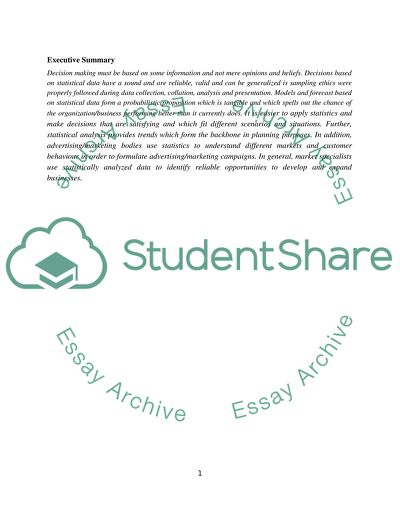Cite this document
(“Statistics for Business Decision Making Term Paper”, n.d.)
Statistics for Business Decision Making Term Paper. Retrieved from https://studentshare.org/statistics/1565400-statistics-for-business-decision-making
Statistics for Business Decision Making Term Paper. Retrieved from https://studentshare.org/statistics/1565400-statistics-for-business-decision-making
(Statistics for Business Decision Making Term Paper)
Statistics for Business Decision Making Term Paper. https://studentshare.org/statistics/1565400-statistics-for-business-decision-making.
Statistics for Business Decision Making Term Paper. https://studentshare.org/statistics/1565400-statistics-for-business-decision-making.
“Statistics for Business Decision Making Term Paper”, n.d. https://studentshare.org/statistics/1565400-statistics-for-business-decision-making.


